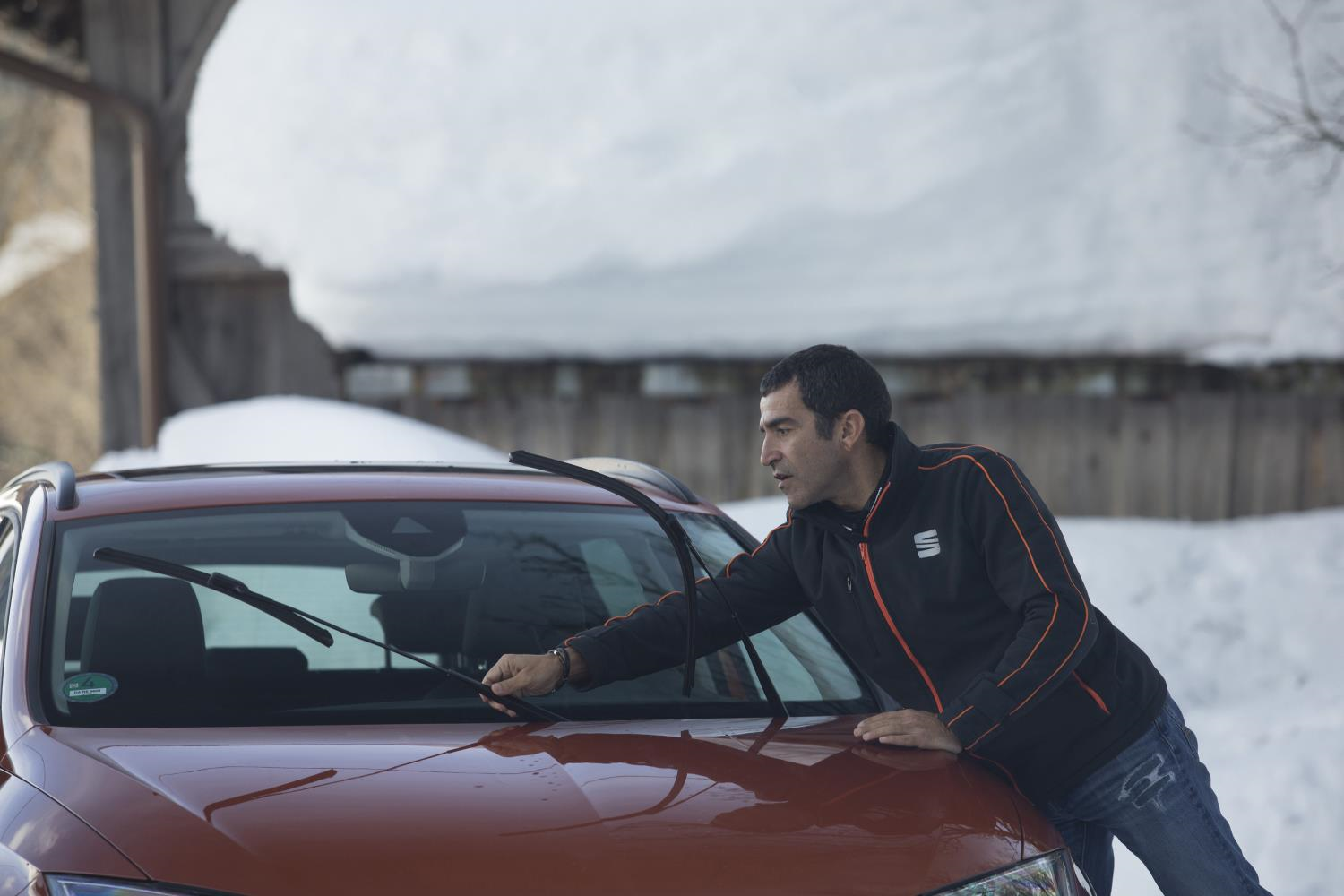Snowy weather is forecast to test the skills of British drivers this week, according to Spanish and VW Group subsidiary, Seat, with sub-zero temperatures expected in several regions of the country. Adverse weather conditions, poor visibility and very low temperatures usually cause an upwards spike in accidents. However, the Barcelona-based brand has compiled its tips for tackling the snow, using its professional racer and driving expert.
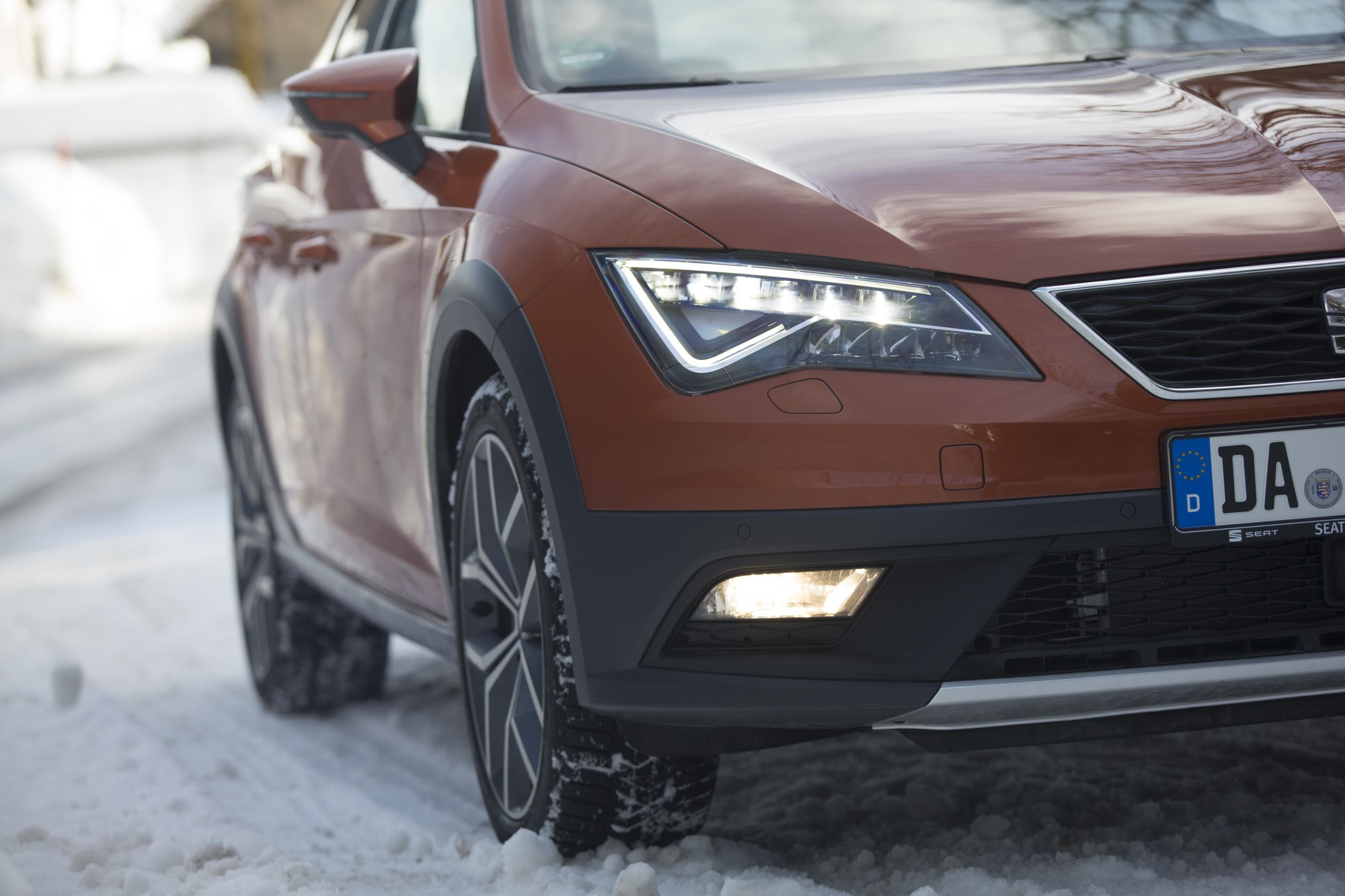
From Innsbruck, the capital city of the Tyrol, in western Austria, the company’s race driver, Jordi Gené, explains how to tackle snowy conditions both calmly and confidently. Follow his advice and you should be able to handle inclines, to maximise awareness and what to do when parked, adopting these simple tips can make all the difference.
The Five Golden Rules:
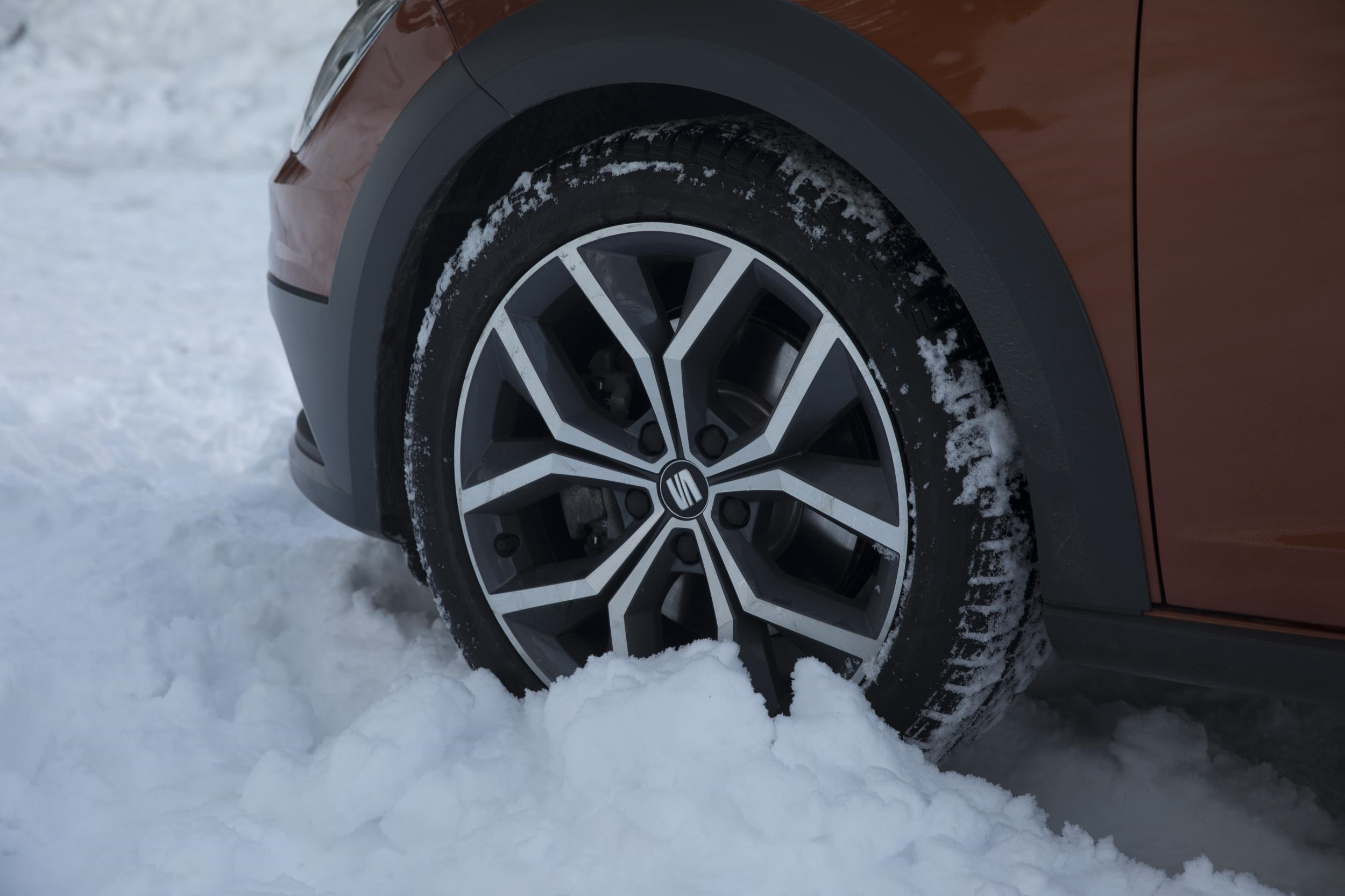
1. Anticipate what is ahead and take it easy, that is a basic rule for driving in difficult conditions. Avoid wheelspin as much as possible. Be gentle on your car’s controls.
2. If driving down a mountain pass, or a steep road in the city, using the engine to slow progress is fundamental. Driving downhill in low gears will help you stay in control, while taking a lighter toll on the brakes. Not wishing to add complication, avoid selecting too low a gear, as engine compression can cause ‘transmission lock-up’.
3. Stay calm and do not make sudden manoeuvres. If driving on snow, or ice, pay careful attention to dark patches on the road, where there could be ‘black ice’.
As Jordi explains: “It’s important to stay calm and avoid making sudden manoeuvres. You have to turn the steering wheel gently and very lightly cover the brake pedal, until you’ve passed the ice patch and the wheels begin to gain grip again. Then you can accelerate gently once more.”
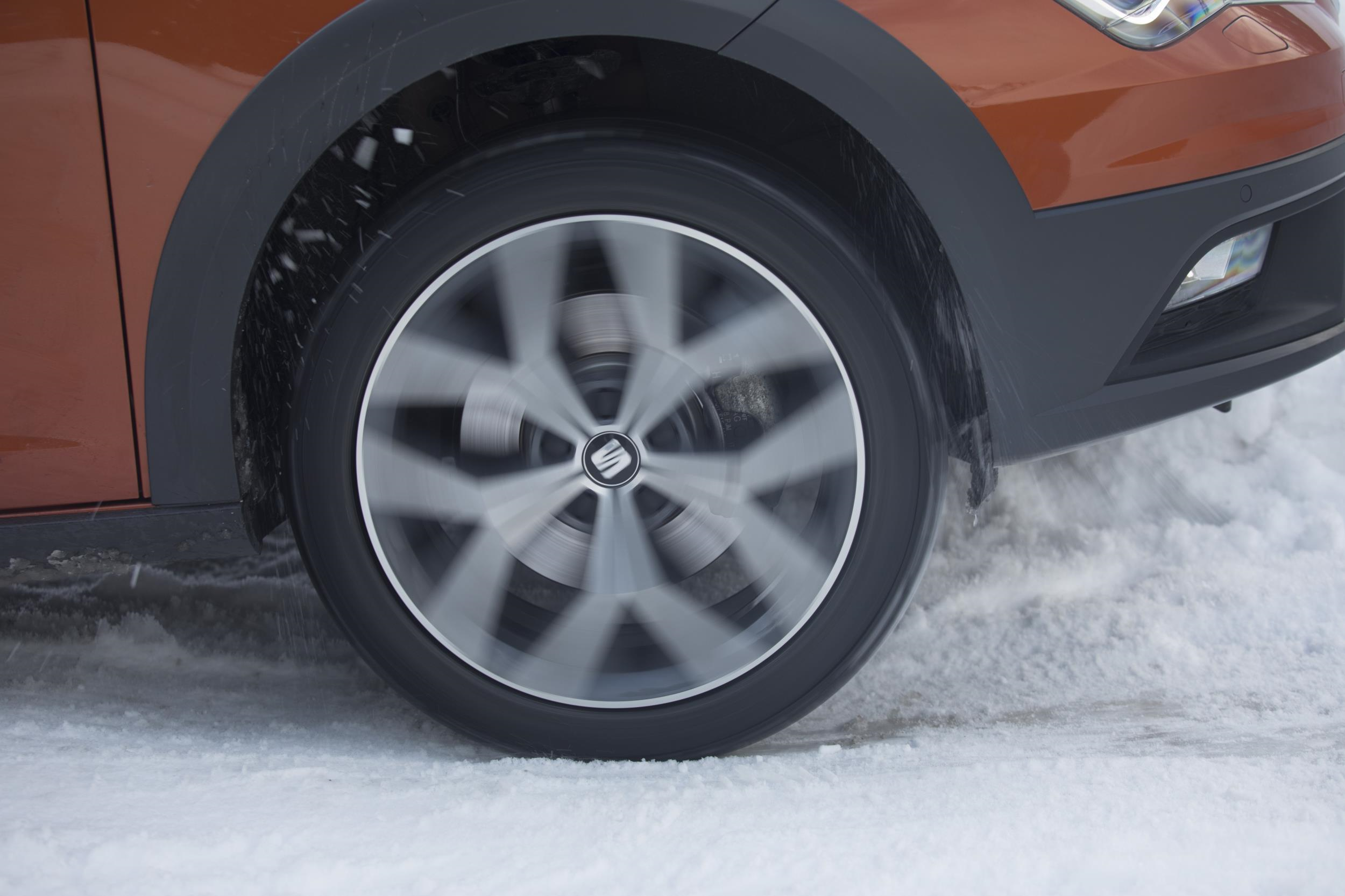
4. Only use the vehicle’s fog lights in extreme conditions, as their use should be restricted to when visibility is poor. On snow they only add glaring brightness and can dazzle both oncoming and following traffic, if used incorrectly.
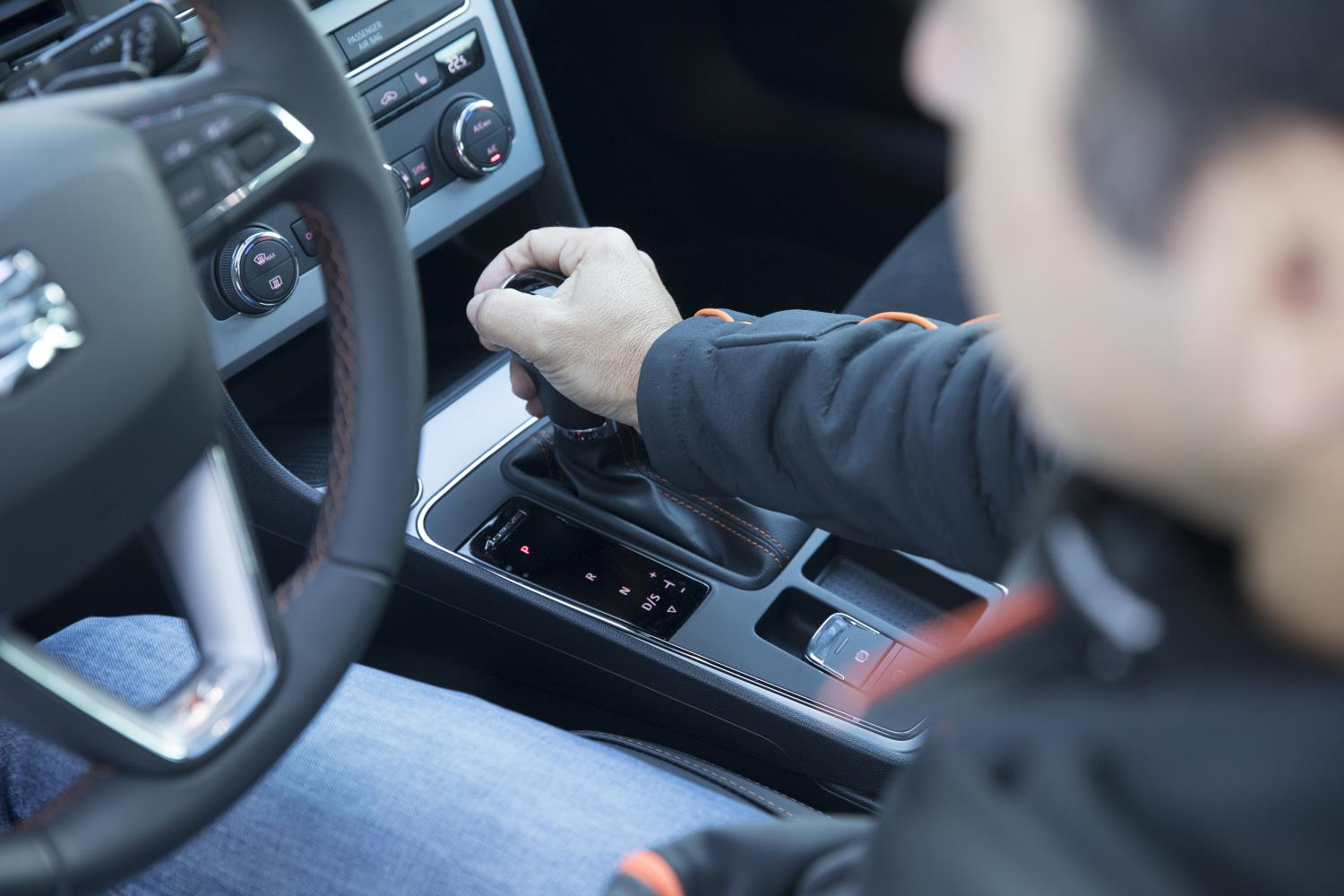
5. The rules apply, even if parking in sub-zero temperatures. If your car is automatic, put the lever into ‘Park’ and, if manual, in either Neutral, or first gear, with the handbrake applied. It will also help to pull up the wiper-blades, so that they do not stick to the screen, which makes clearing it a lot easier too. Remember, ALL snow that gathers on your car’s roof, windows, bonnet and boot lids must be cleared, before you even attempt to drive away.
Jordi concludes: “Naturally, maintaining a good distance from the vehicle ahead is essential, when driving, whether on snow, or ice, or through slush. Passing vehicles are likely to create frightening splashes, be ready for them and the need to switch on your wipers quickly. Use dipped-beam headlights, regardless of the time of day.”
